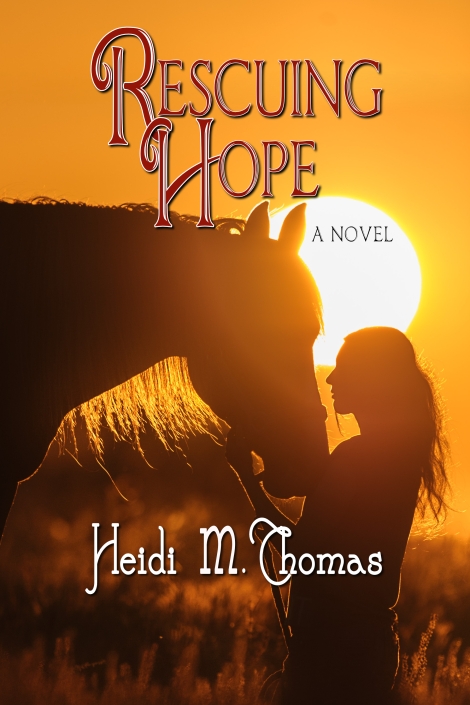My thanks to Cherie for allowing me to share this “trick of the trade” in punctuation.
by Cherie Tucker
We all still remember those little mnemonic devices like “i before e except after c” that helped us over some of the tricky spots in our language. One I was never taught in grade school that would have helped immensely I learned only recently from a fifth-grader: FANBOYS. For, And, Nor, But, Or, Yet, So. This trick for remembering conjunctions, those words that join things, will help you when you ask yourself, do I need a comma here?
If you have written two clauses (groups of words with subjects and verbs) that could stand alone as sentences, but you want to combine them, you join them with one of the FANBOYS. You have created a compound sentence like this one, and compound sentences need the comma. The comma signals to readers that what they just read is finished but that the sentence isn’t. It also prevents misreading if there is a line break or a page turn at an awkward spot.
We drove Bill and Sam took the bus.
In this example, the reader might think that we drove both of them, but if there were a comma after Bill, even a reader with no grammatical knowledge would look to see what Sam did.
We drove Bill, and Sam took the bus.
Should you start a sentence with one of the FANBOYS? You may if it isn’t expected or overused or in a formal document.
What you must guard against, however, is starting with one of these conjunctions and then putting the comma after it. Writers mistakenly feel inserting a comma there creates a pregnant pause:
Not OK: The backstroke was new to him. Yet, he came in first.
The commas go before the FANBOYS. The only time you want a comma after the conjunction that begins a new sentence is when there is an interruption right after it.
OK: The backstroke was new to him. Yet, to our surprise, he came in first.
There will be times when you don’t want a comma with one of the FANBOYS, of course. It’s English after all. But when commas serve to join what could be two stand-alone, complete sentences, commas are mandatory. Thanks, Gracie, and thanks to your fifth-grade teacher.
Cherie Tucker, owner of GrammarWorks, has taught writing basics to professionals since 1987, presenting at the PNWA conference. She currently teaches Practical Grammar for Editors at the University of Washington’s Editing Certification program and edits as well. GrammarWorks@msn.com










